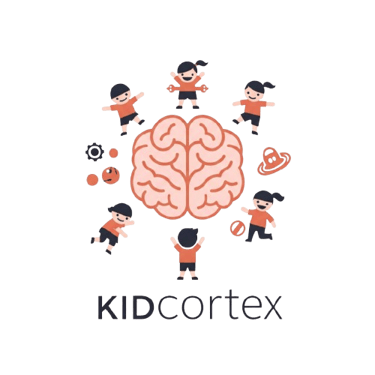join us to unlock variety of services
Unlocking a Brighter Future: Why Early Dyslexia Screening Could Change Everything
Imagine a world where every child struggling to read is identified before they fall behind. Where instead of waiting for failure, we step in early, offering support that can change the trajectory of a young life. This isn’t a dream—it’s the new frontier in understanding and addressing dyslexia.
5/26/20252 min read
What Is Dyslexia, Really?
Dyslexia isn’t a reflection of intelligence or effort. It’s a neurobiological, heritable learning disorder that makes it difficult for children to decode written words and recognize sounds. It affects 5% to 10% of kids, yet is too often missed until they’ve already spent years struggling in school.
But here’s the breakthrough: we now know that dyslexia leaves signs as early as preschool—before reading even begins.
The Danger of Waiting
Traditionally, dyslexia is diagnosed around second or third grade—after a child has failed to keep up with reading expectations. This “wait-to-fail” model not only delays vital intervention but often leads to emotional distress like anxiety, low self-esteem, and depression. Children can be misjudged as lazy, when in fact, their brains simply process language differently.
This late identification is known as the "Dyslexia Paradox": we can detect the risk early, but don’t take action until it's much later.
Early Signs You Can Spot
Many children show early signs of dyslexia even before entering school. Red flags include:
Trouble recognizing rhyming sounds
Difficulty repeating simple made-up words
Trouble connecting letters to sounds
Delayed speech development
Pediatricians, teachers, and parents can work together to screen for these signs as early as age 4, opening the door to early, effective support.
The Role of Pediatricians & Parents
Pediatricians are often a child’s first point of contact for developmental concerns, making them key allies in early screening. Simple, quick assessments during well-child visits can help flag children at risk.
Even better? Families with a history of dyslexia can be especially proactive—dyslexia tends to run in families, and knowing this can guide earlier monitoring.
Early Intervention Works
Here's the hope: early intervention transforms outcomes. When children get help in kindergarten or first grade, up to 92% can reach average reading levels. That’s a staggering success rate—proving that the earlier we act, the better the results.
A Call to Action
Whether you're a parent, educator, or healthcare provider, you can be part of this shift:
Ask questions if you notice early struggles.
Advocate for screening before school starts.
Support efforts to train professionals and provide accessible assessments.
At kidcortex, we believe every child deserves the chance to thrive—emotionally, academically, and socially. And that journey starts with awareness and action.
Let’s rewrite the story of dyslexia—starting earlier, acting faster, and empowering every child to read, learn, and soar.
ref:- Sanfilippo J, Ness M, Petscher Y, Rappaport L, Zuckerman B, Gaab N. Reintroducing Dyslexia: Early Identification and Implications for Pediatric Practice. Pediatrics. 2020 Jul;146(1):e20193046. doi: 10.1542/peds.2019-3046. Epub 2020 Jun 23. PMID: 32576595; PMCID: PMC7329249.
FOLLOW US
GET IN TOUCH
QUICK LINKS
+919520561135
contact@kidcortex.com
